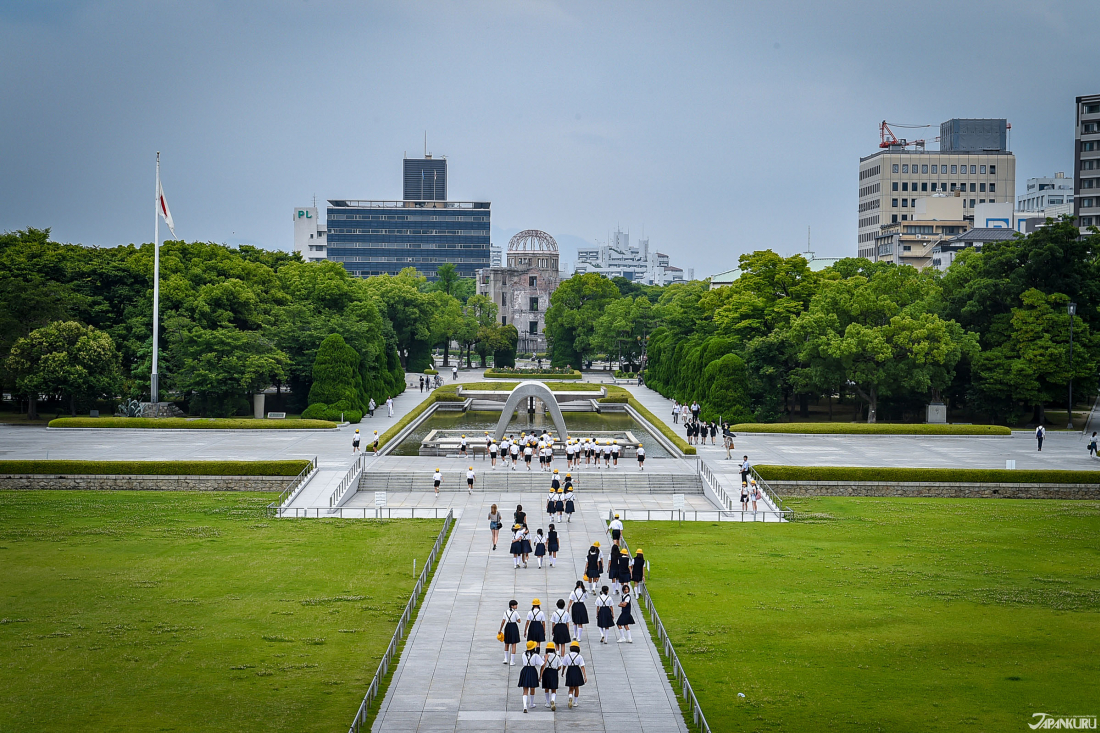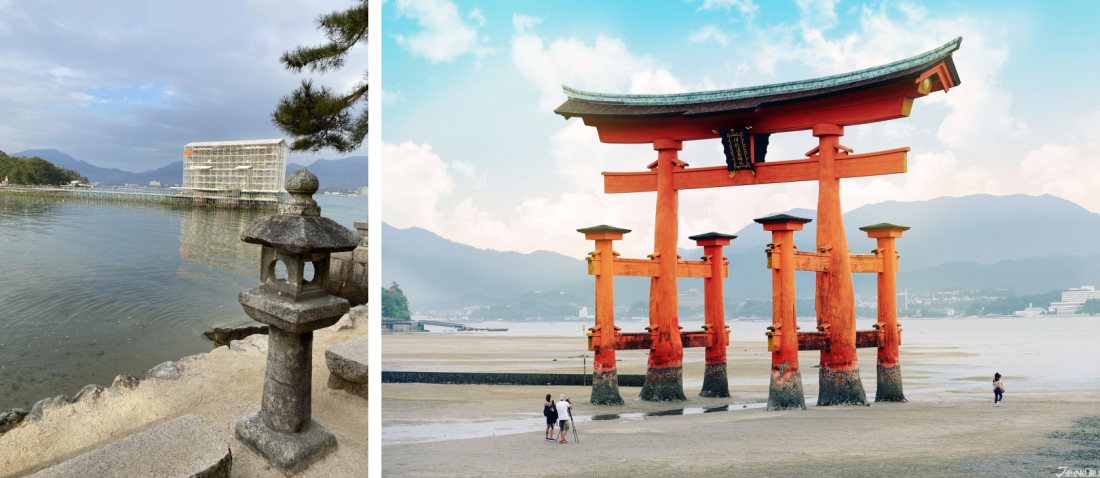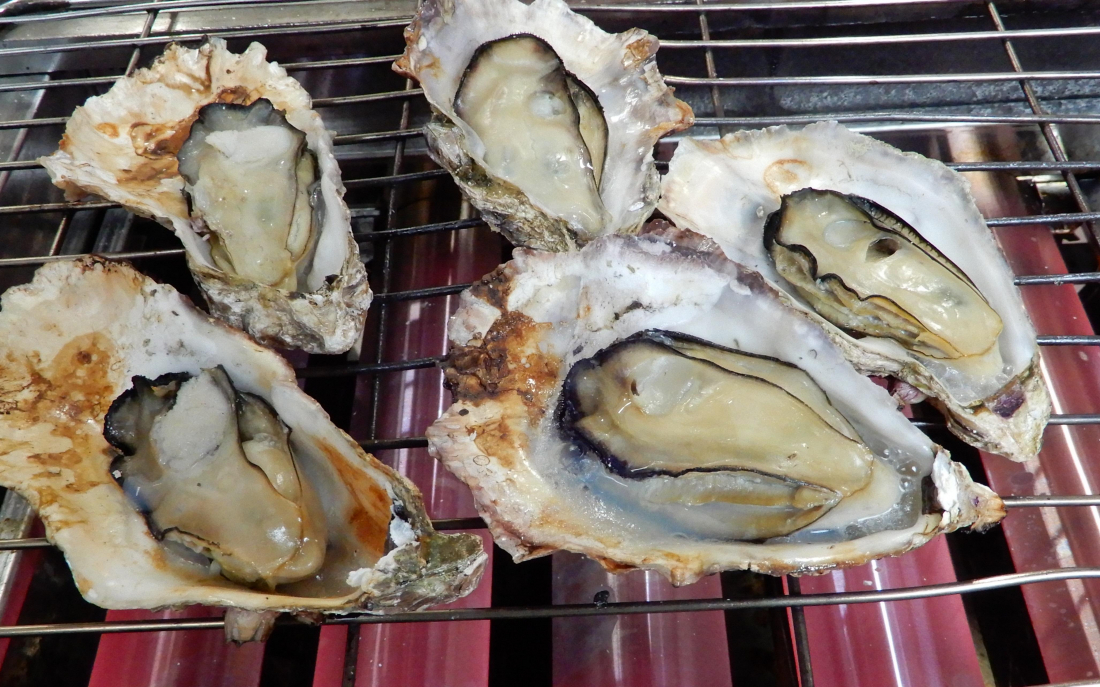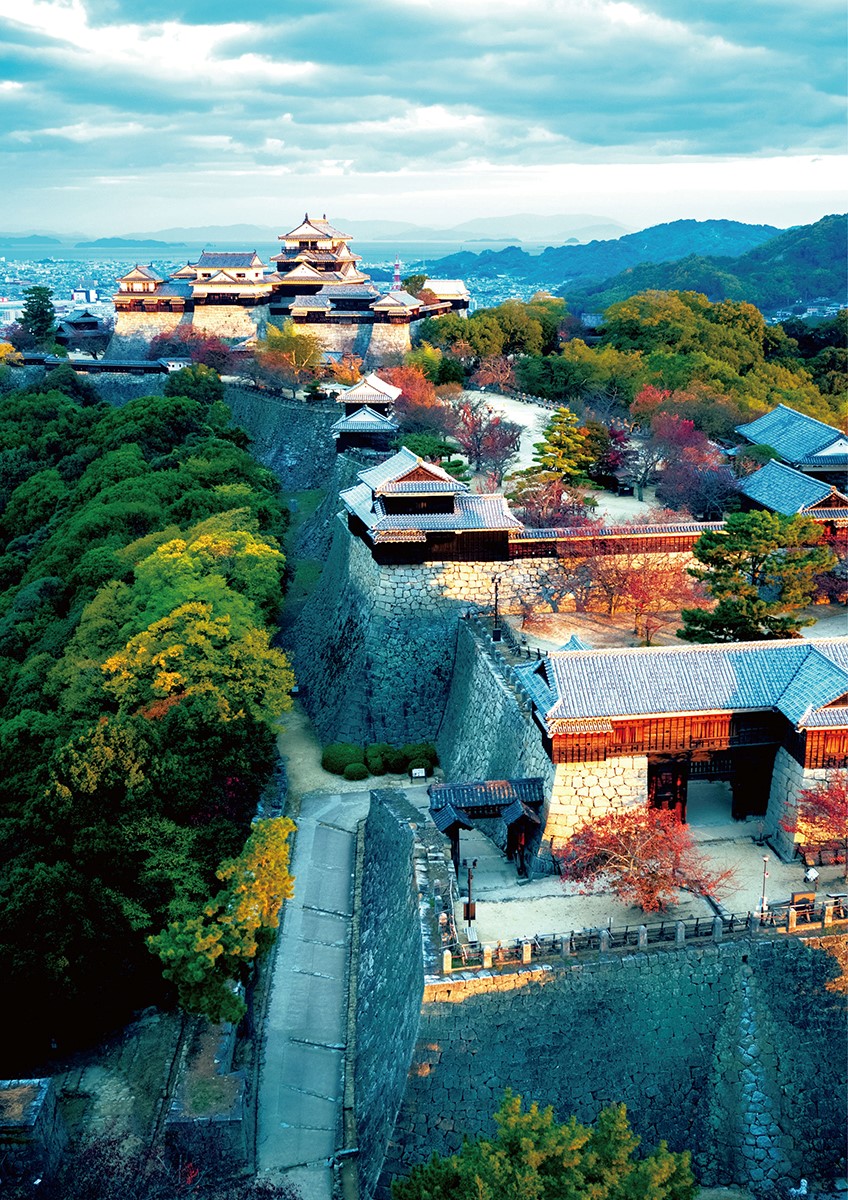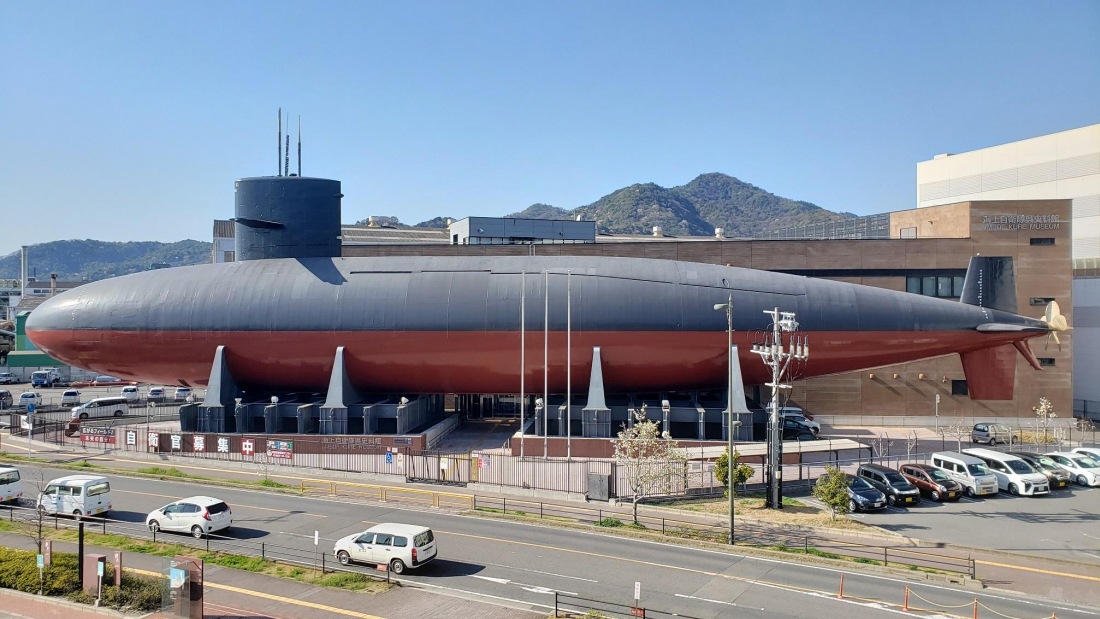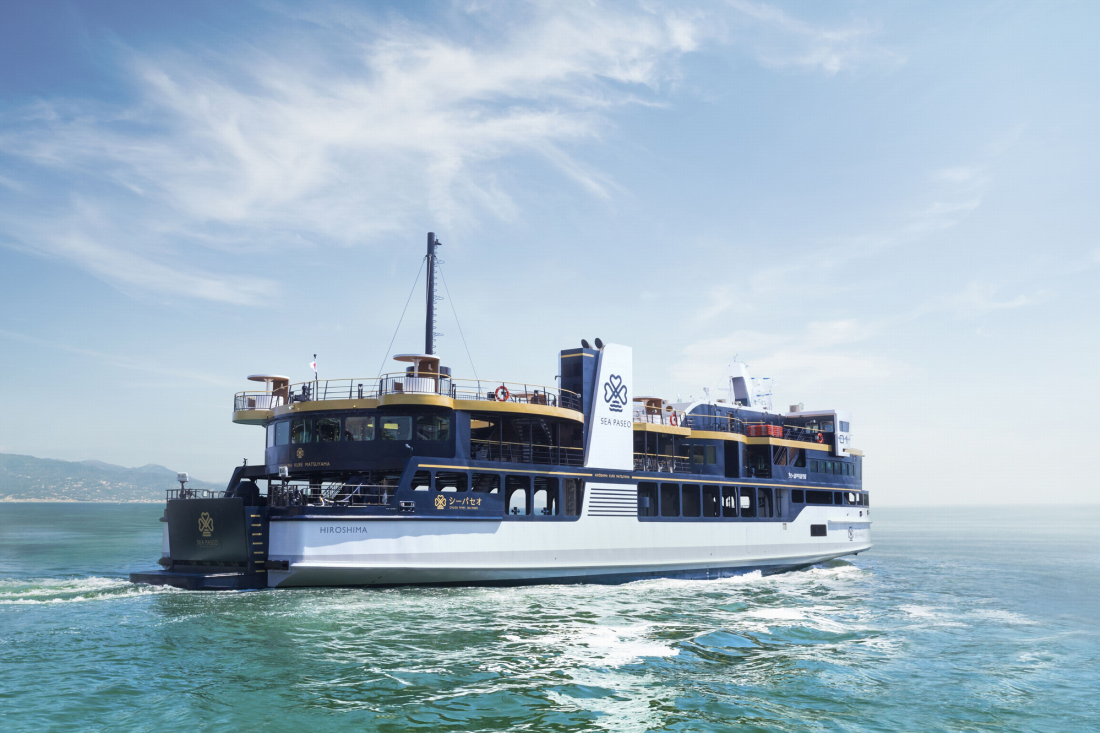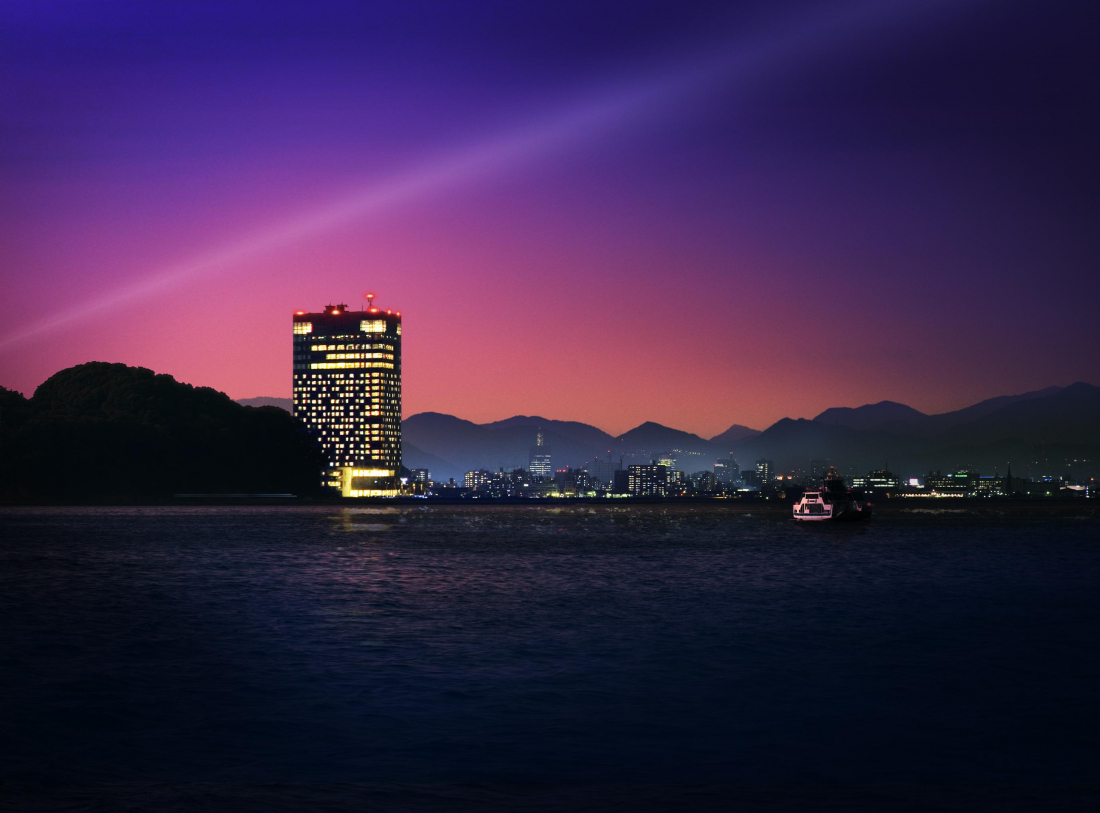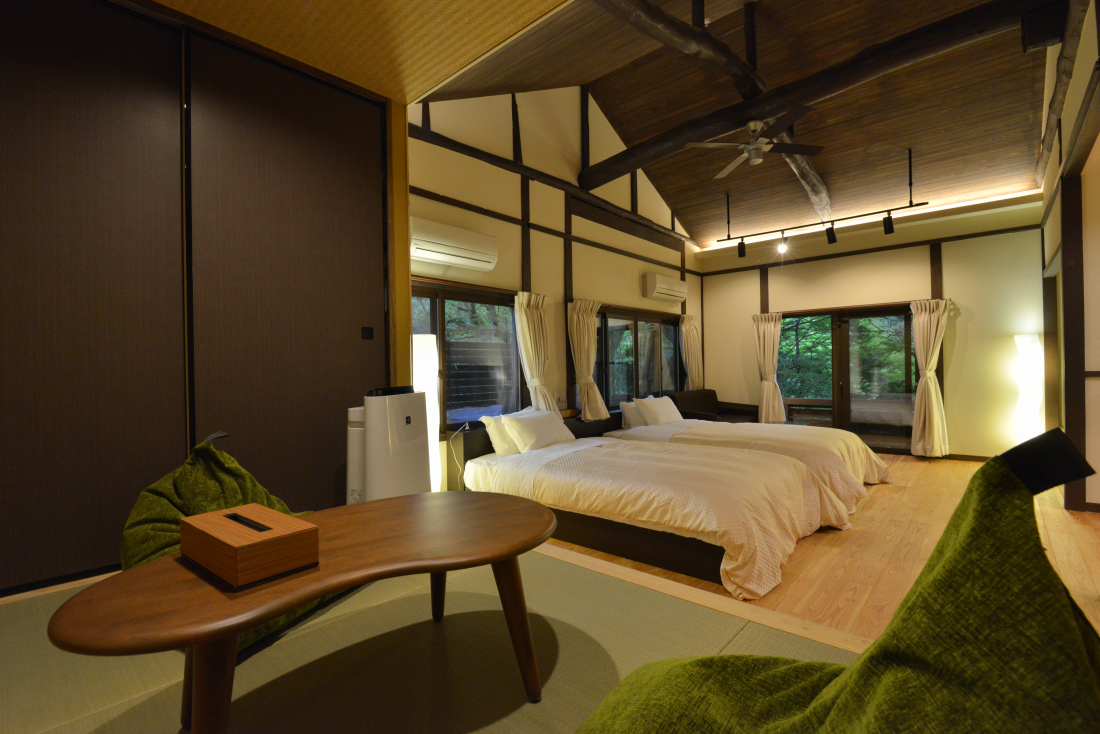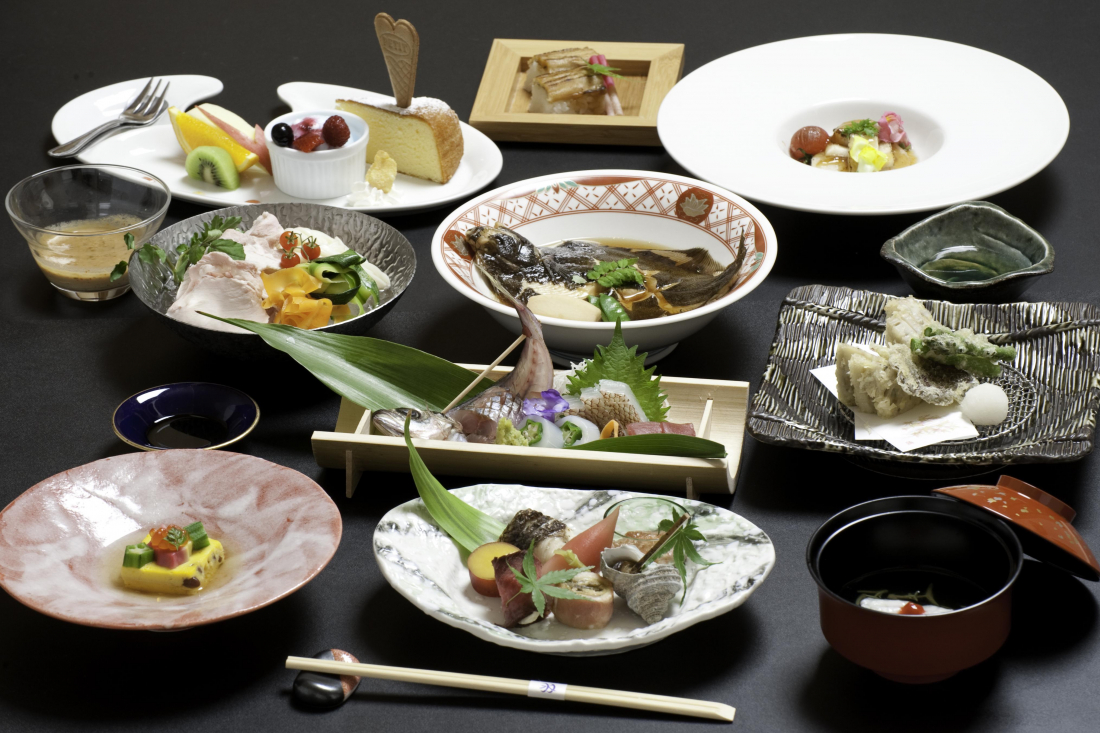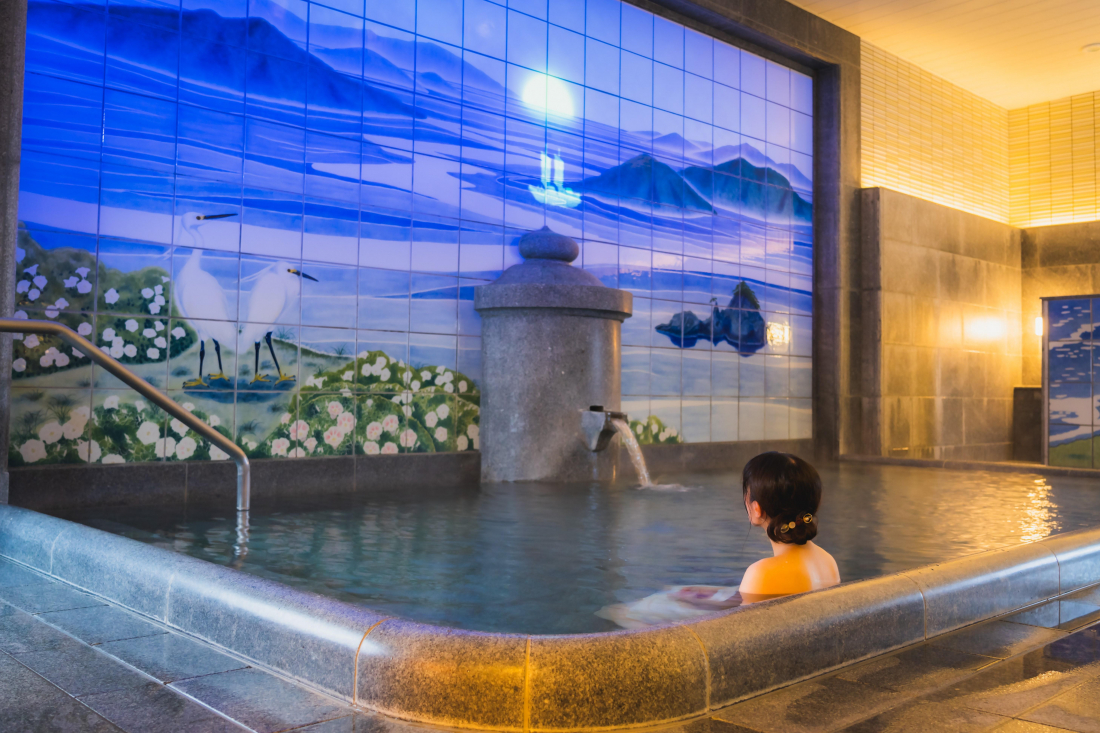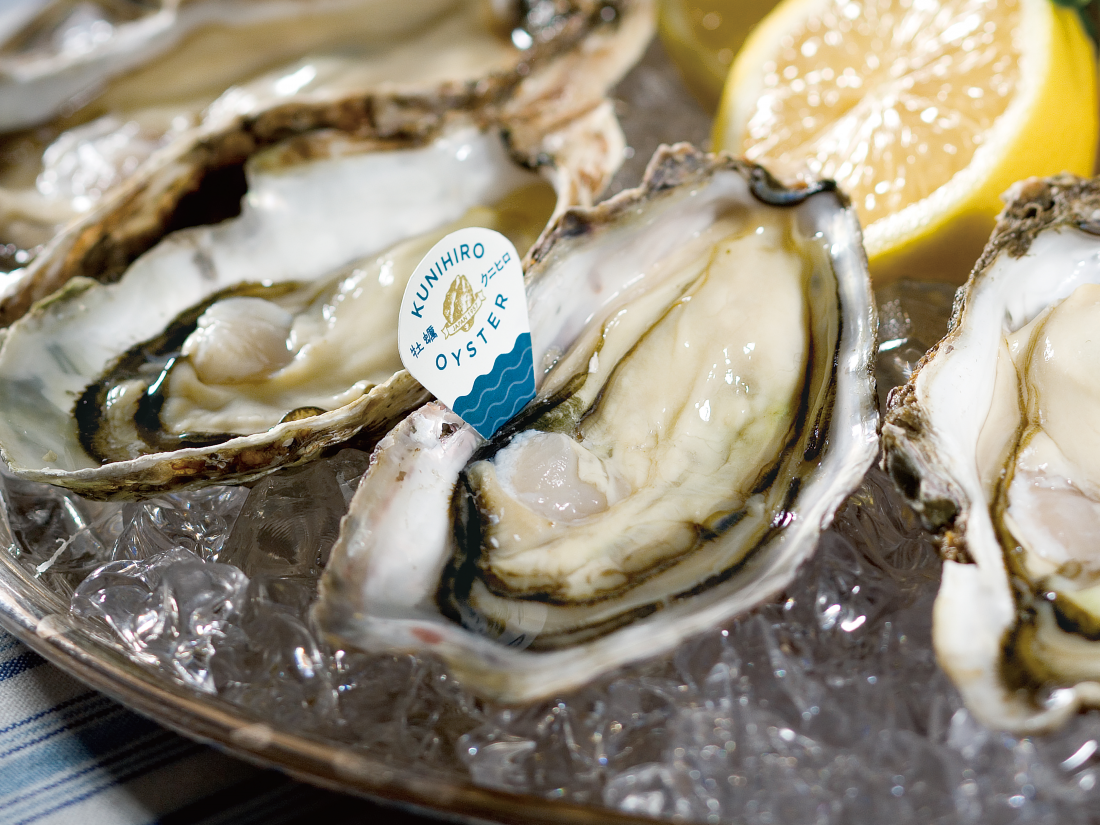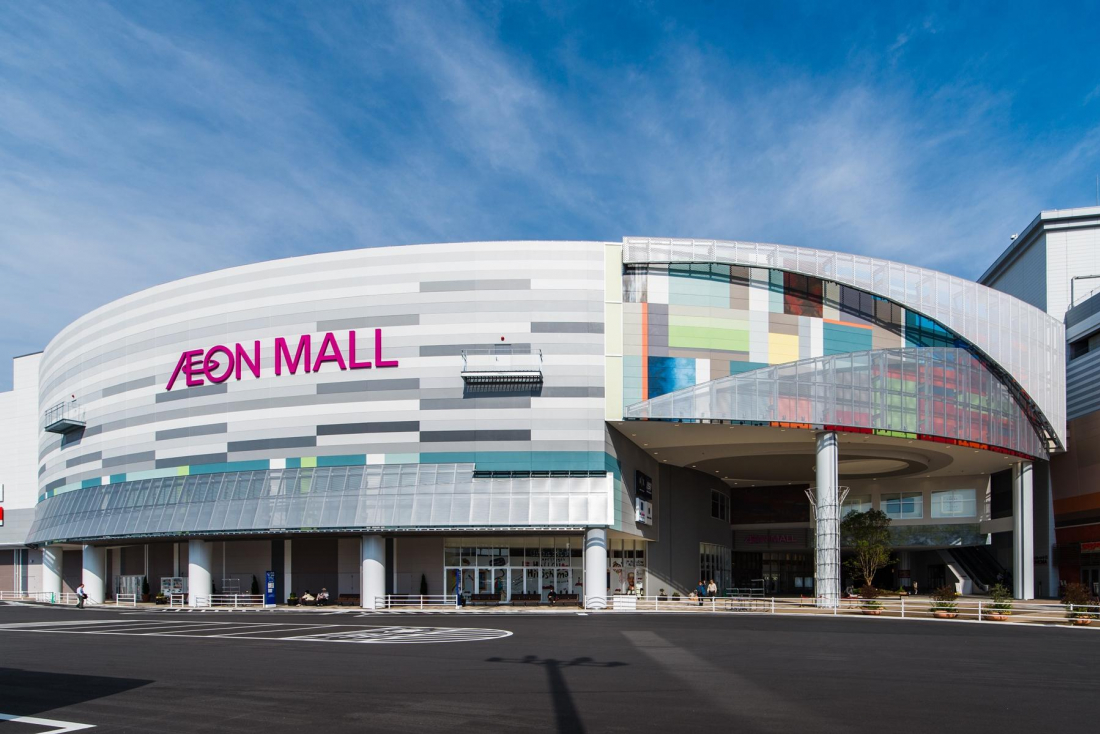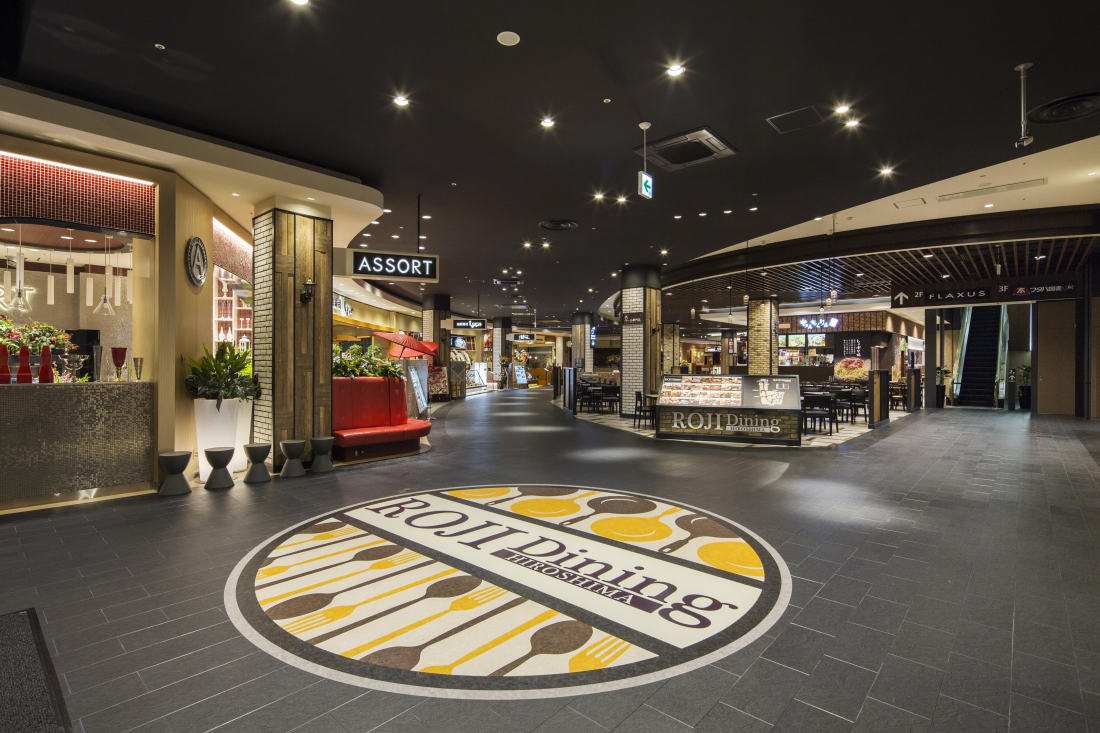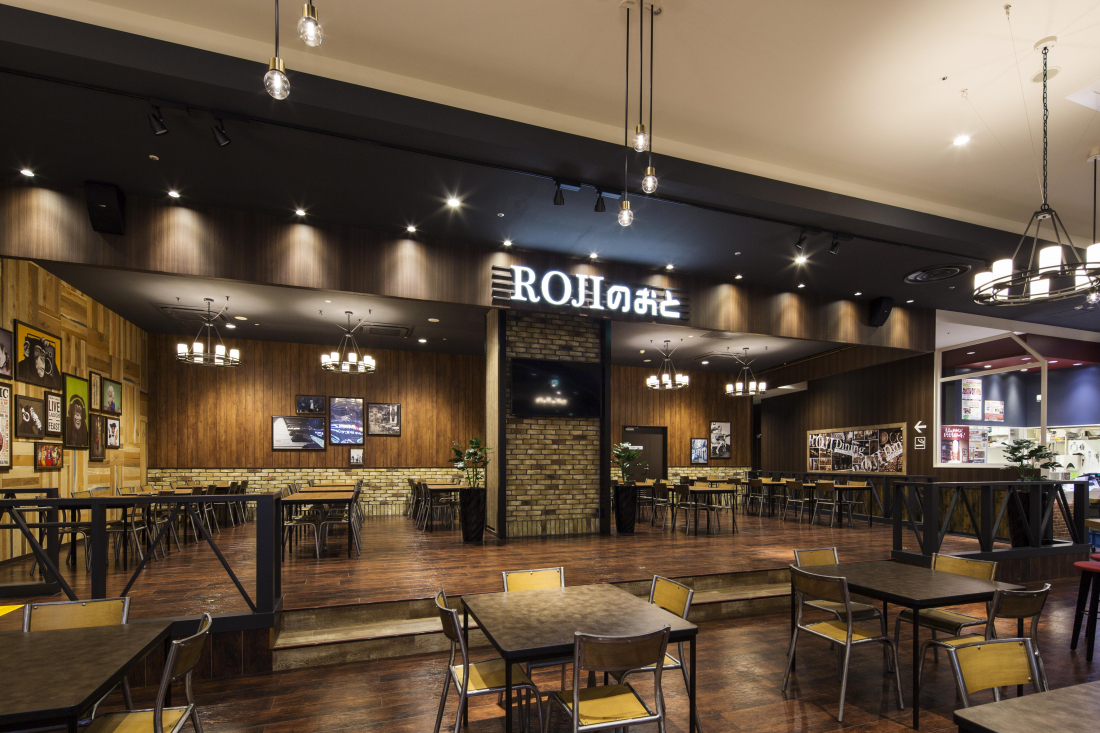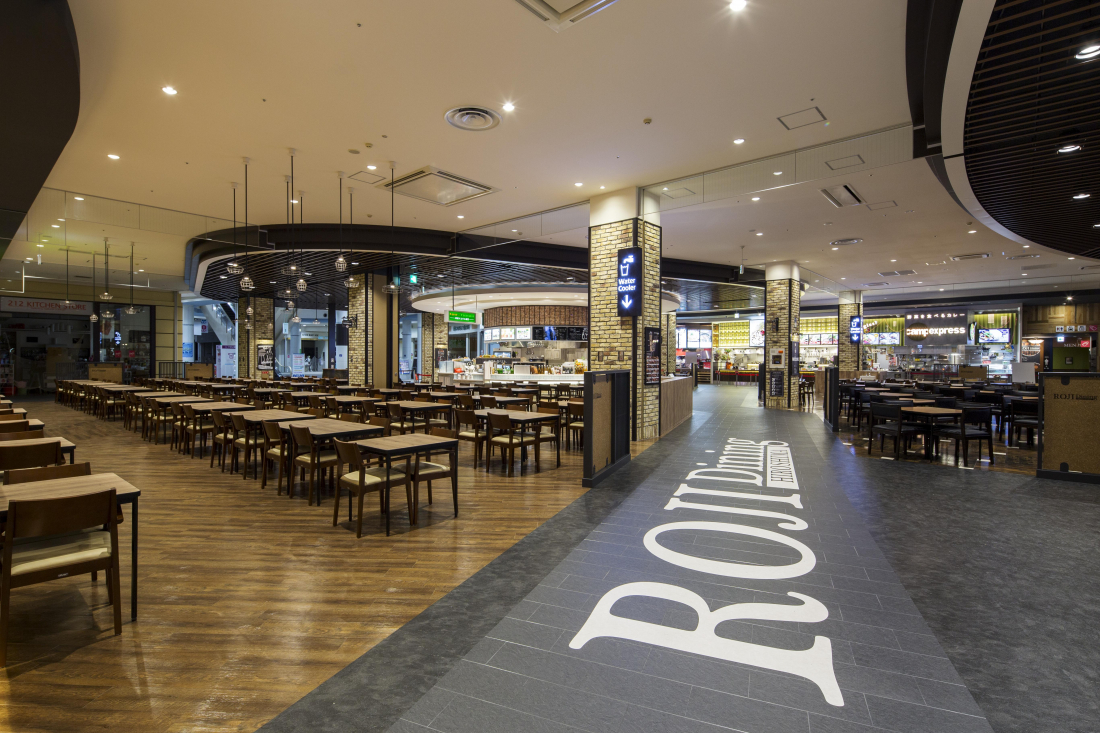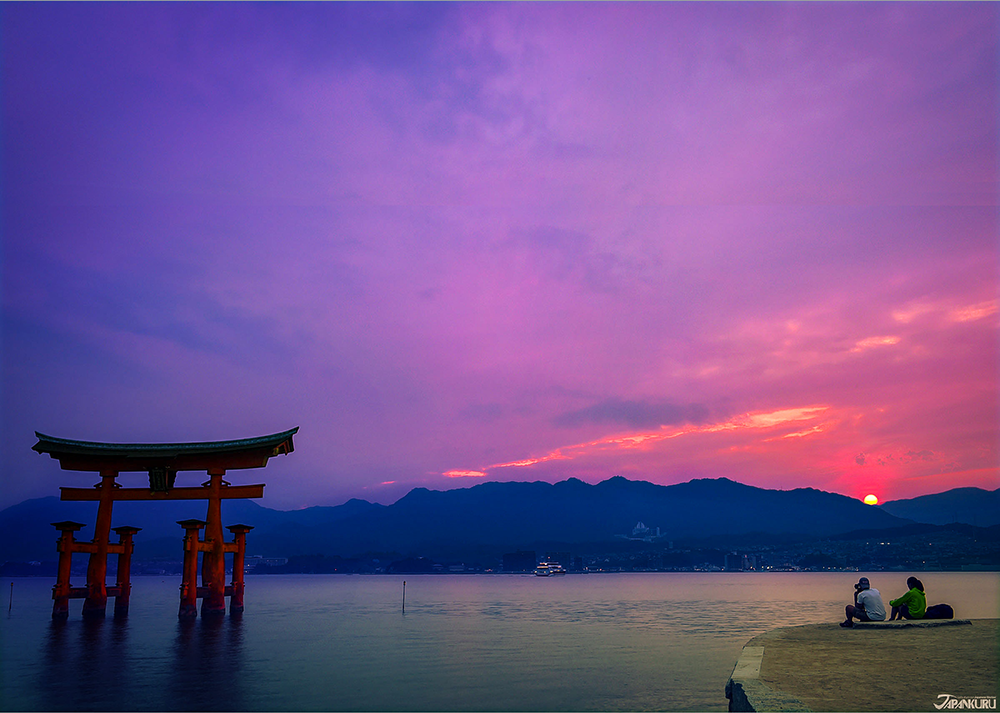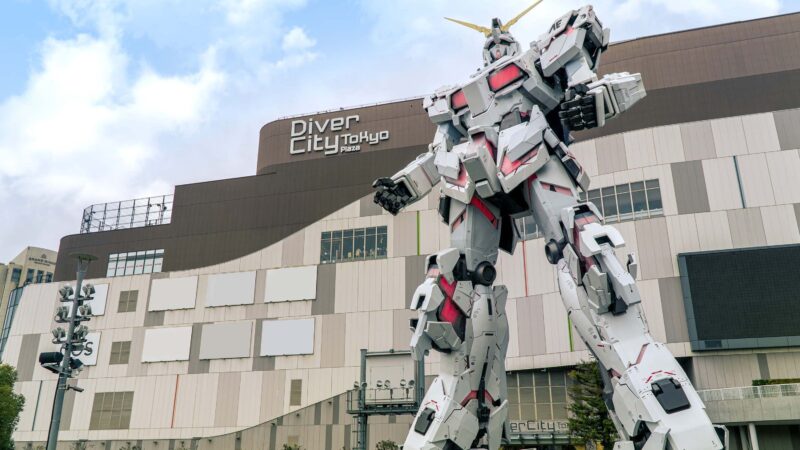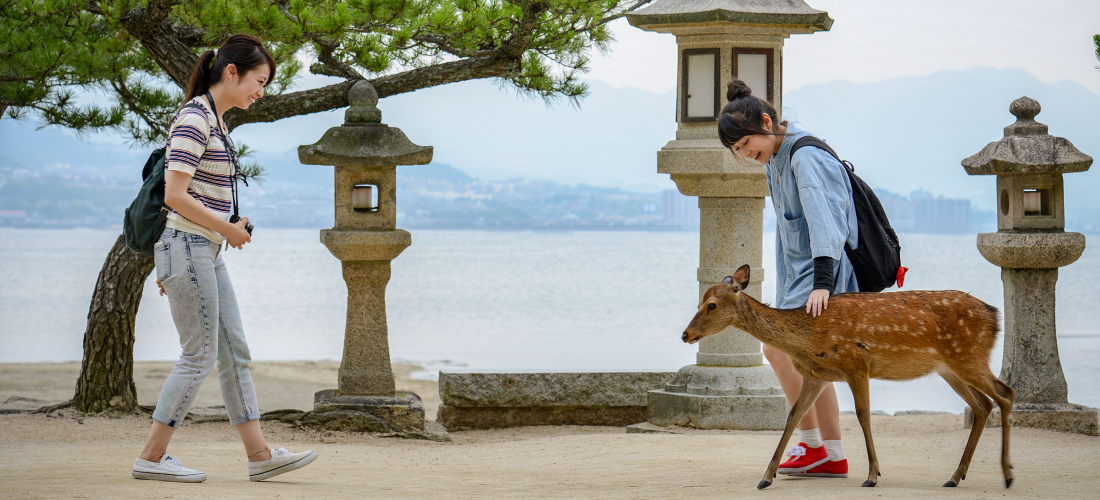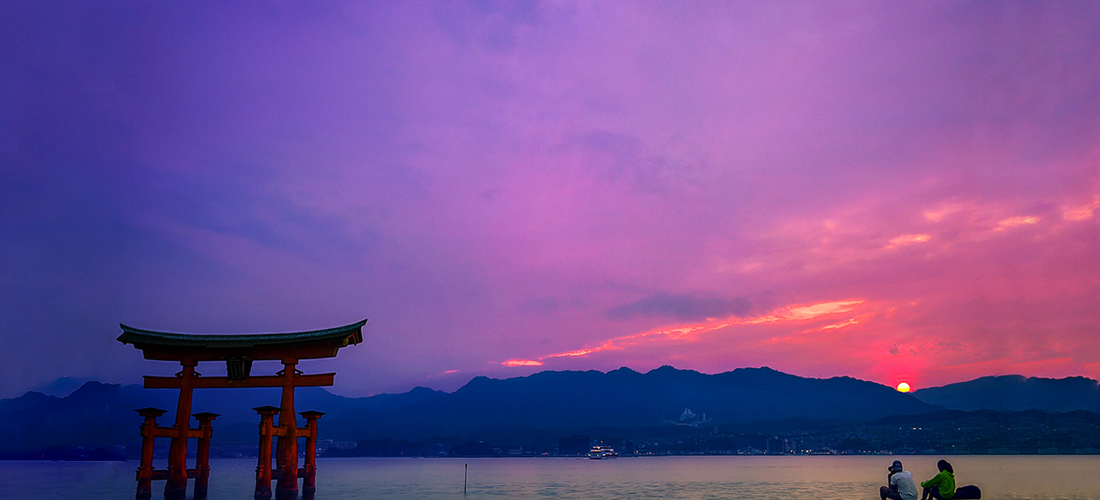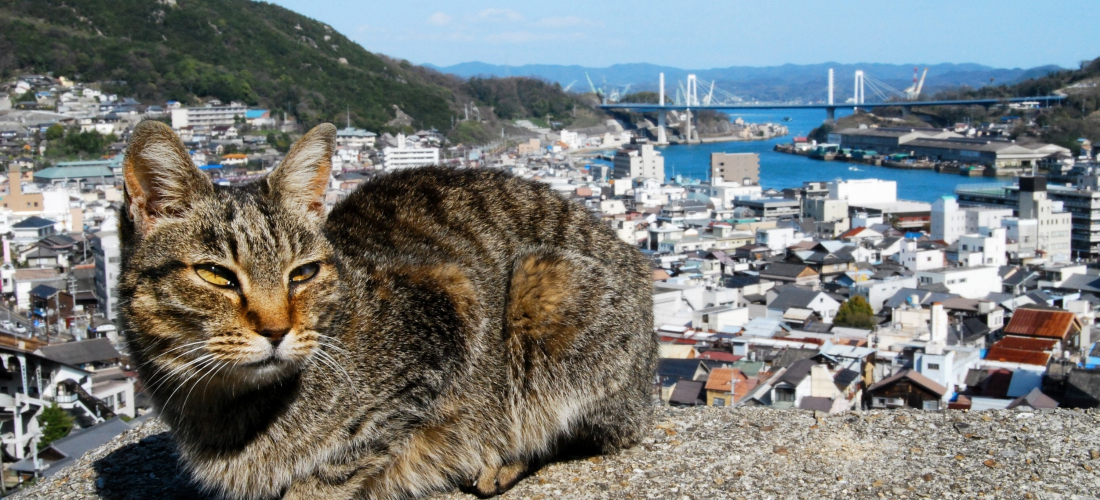
CONTENTS
Hop on a ferry in the Setouchi area to make your way to some of the best sightseeing spots in Hiroshima and Ehime!
① Sightseeing by Ferry in the Hiroshima/Ehime Area
Hiroshima City Area
The Peace Memorial Park is a spacious park in central Hiroshima, established around the detonation point of the bomb dropped on the city, with the hope of promoting peace throughout the work. The Peace Memorial Park contains the Hiroshima Peace Memorial Museum, with exhibitions on the bomb and its many devastating aftereffects, along with the Peace Memorial (or Atomic Bomb Dome) and Victims Memorial Cenotaph, the National Peace Memorial Hall, and even Hiroshima's International Conference Center. The ringing of the Japanese Peace Bell here has even been selected as one of the 100 Soundscapes of Japan, a sound that rings of the people's hope for peace.
Hiroshima Peace Memorial Park (広島平和記念公園)
1-1 Nakajimacho, Naka Ward, Hiroshima
The Hiroshima Museum of Art was built under the theme of "love and tranquility," and the main building is shaped to resemble the Atomic Bomb Dome. The paths surrounding the main building's galleries are in turn shaped to resemble another Hiroshima World Heritage Site, Itsukushima Shrine. Alongside periodical temporary exhibitions, the museum's permanent exhibitions include a great collection of work from Western modern artists, like Monet, Renoir, Cezanne, Van Gogh, and Picasso.
Hiroshima Museum of Art (ひろしま美術館)
3-2 Motomachi, Naka Ward, Hiroshima
Hours: 9:00 – 17:00
Official Website (en)
Miyajima Area
Itsukushima is an island in the Miyajima area of Hatsukaichi City, in Hiroshima Bay, part of the Seto Inland Sea, and not far from the big city of Hiroshima. The island itself is often simply referred to as Miyajima! Alongside Kyoto's Amanohashidate and Matsushima in Japan's Tohoku Region, the three spots make up Japan's Top Three Scenic Views, and these days Miyajima is an immensely popular sightseeing spot. People mainly flock to Itsukushima Shrine (嚴島神社), known for its enormous torii (鳥居) shrine gate (currently under renovation) which appears to almost be floating in the bay waters, and was first built thanks to the patronage of Taira no Kiyomori at the end of the Heian period (794-1185). Both the shrine and the native forest on the island were designated as UNESCO world heritage sites in 1996.
The island's famous deer and monkeys can often be seen from the moment you step off the ferry, and as symbols of Miyajima, they're frequently turned into local mascots as well. The deer in particular are regarded as sacred messengers of the gods!
Not only is Miyajima a popular tourist spot, but it's pretty popular for foodies as well. Between the pier and the shrine, quite a few restaurants sell tasty street food like grilled oysters and momiji manju, a local sweet treat shaped like a maple leaf.
One popular option for trying the beloved local oysters is Kakifukumaru, a restaurant directly connected to local oyster aquaculture. It's a great place to try regional favorites like grilled or deep-fried oysters, and in winter you can sample oysters gathered that very day. And since they flash freeze a portion of the oysters fresh-caught in winter, they offer high-quality shellfish year-round.
Kakifukumaru (かきふくまる)
588 Miyajimacho, Hatsukaichi, Hiroshima
Hours: 10:00 – 17:00 (hours vary by season)
Official Website (jp)
Matsuyama Area
Ehime's city of Matsuyama is known especially for the sightseeing spots of Matsuyama Castle and Dogo Onsen. The castle is a historic structure that was first constructed in 1603, certainly worth a visit, but many travelers flock to the hot springs at Dogo Onsen, which is one of the top three oldest onsen in Japan. This hot spring resort has been in use since ancient times, and has even been documented in historic documents, like the 8th-century poetry anthology the Man'yoshu. The main building, or Dogo Onsen Honkan, was built in 1894, and was subsequently featured in a more recent piece of important Japanese literature: Natsume Soseki's 1905 novel "Botchan." In the years since, the building has become an iconic part of Matsuyama City, and Ehime Prefecture at large.
The lightly alkaline waters are said to be velvety soft and smooth on the skin, and to be both curative and beautifying! As quite possibly the oldest onsen in Japan, it even shows up in legends, with its discovery described in the Legend of the White Heron, a visit from the small gods of Izumo being described in the Tama no Ishi legend, and a later visit attributed to the semi-legendary Prince Shotoku. Less mythic visitors include a number of writers and artists, like Masaoka Shiki and the previously mentioned novelist Natsume Soseki. To remind visitors of the onsen's illustrious history, in 2017 an annex was built nearby in the style of the Asuka period (538-710), when Prince Shotoku would have arrived.
Dogo Onsen Honkan (道後温泉本館)
5-6 Dogoyunomachi, Matsuyama, Ehime
Official Website (en)
Kure City Area
Kure is said to be blessed with a great natural harbor, and was once a stronghold for a band of the area's historic Murakami Suigun pirates, but since the Meiji period (1868-1912), the area has become a base for the Imperial Navy and the JMSDF (Japanese Maritime Self-Defense Forces). In the pre-war days, battleships like the Yamato, the world's largest, were built at Kure Naval Arsenal, and Kure was known as the largest naval port in The East, and the largest arsenal in Japan. During the final days of fighting in the Pacific theater, though, Kure Naval Port was the site of an American air raid, taking major damages.
In the last ten years, Kure's many military and defense facilities have become sightseeing attractions, transformed into the Yamato Museum (Kure Maritime Museum) and the "Iron Whale Museum" (JMSDF Kure Museum). In 2016, Kure was one of four historic military bases recognized as a Japanese heritage site as part of "The Four Dynamic Coastal Cities of Yokosuka, Kure, Sasebo, and Maizuru," and in the same year the animated movie "In This Corner of the World" helped the city even gain a little recognition overseas.
② Ferry Routes
When it comes to getting around Hiroshima and Ehime (Matsuyama), we recommend hopping on a boat to get the most out of the surrounding Seto Inland Sea. These are a few of the different routes that make traveling through the area fun!
Hiroshima ~ Kure ~ Matsuyama
Departing from Hiroshima Port's Tojina Passenger Terminal, this route stops in at Kure before arriving at Matsuyama Tourist Port. Buses for Dogo Onsen leave right from the Matsuyama port! The trip lasts between 68 and 160 minutes, using either a Superjet or a ferry.
Miyajima ~ Hiroshima
You can get most of the way between these two areas by train, but you'll need to get on a ferry in the end anyway, so why not take one from the start? It's also fun to take the train to Miyajima, but take the ferry on the way back, to enjoy a different kind of scenery each way! It's about 30 minutes on a ferry, and 1,900 yen one way for adults.
Miyajima ~ Kure (Blue Line)
You can even take a ferry between Miyajima and Kure! Try a trip to Kure after sightseeing in Miyajima. Travel time is about 45 minutes, and 2,000 yen for adults.
For more detailed information, and plenty of other routes, check the Setouchi-Matsuyama Tourism Promotion Committee website!
③ Recommended Accommodations & Relaxation
Hiroshima City: Grand Prince Hotel Hiroshima
Surrounded by the Setouchi Inland Sea National Park, this hotel's location is surrounded by beautiful views, and also easily accessible. (Plus, they run a free shuttle bus from Hiroshima Station.) Ferries to Miyajima, Kure, and Matsuyama stop right in front of the hotel, making sightseeing a breeze.
Grand Prince Hotel Hiroshima (グランドプリンスホテル広島)
23-1 Motoujinamachi, Minami Ward, Hiroshima
Official Website (en)
Miyajima: Villa Hamorebi
Hamorebi is renovated traditional detached house, transformed into modern accommodations while maintaining the beautiful old wooden beams. The house is designed to accommodate just one party every night, in a comfortable space made for relaxation. Surrounded by quiet woods, with cherry blossoms in the spring and koyo in the fall, guests can enjoy the dappled light coming in through the leaves (which the guesthouse is named for) through the wide windows or on the wooden deck. The villa even has an outdoor bath, perfect for enjoying the natural scenery while soaking away in the hot water.
Multi-course meals of seasonal Setouchi ingredients are available too!
Villa Hamorebi (水羽荘別邸葉もれび)
49 Miyajimacho, Hatsukaichi, Hiroshima
Official Website (en)
Matsuyama: Dogo Onsen Annex Asuka-no-Yu
This bathhouse is not only built in the style of the Asuka period, but the interior is decorated with traditional Ehime artisan crafts and custom-made art. After soaking in the onsen, guests can head to the second-floor lounge for tea, snacks, and relaxation.
Dogo Onsen Annex Asuka-no-Yu (道後温泉別館 飛鳥乃湯泉)
19-22 Dogoyunomachi, Matsuyama, Ehime
Hours: 6:00 – 23:00
Official Website (en)
④ Dining & A Little Extra Sightseeing!
Exploring Onomichi
A city of hills and cats, Onomichi is a port town, but has earned the nickname "A City of Hills" by being surrounded by hills and valleys. Cozy cafes and bakeries are found tucked in among the houses lined up along the city's strikingly steep hills, perfect for the curious traveler who loves to explore new places. One point of pride for Onomichi residents is the amazing view you're rewarded with when you climb your way up the steep slopes, with the waters and little islands of the Seto Inland Sea spreading out before you.
It's not just cute cafes and bread, though, when you visit Onomichi, you've got to try Onomichi ramen―and maybe some more oysters. For a meal conveniently accessible from Onomichi Station, Onomichi Wharf offers a great view of the water from inside the restaurant, where you can eat fresh Japanese-caught raw oysters throughout the year, just part of a menu perfect for locavores.
Onomichi Wharf (尾道WHARF)
9-1 Higashigoshocho, Onomichi, Hiroshima
Hours: 11:30 – 15:00 (L.O. 14:30) | 17:30 – 22:00 (L.O. 21:00)
11:30 – 22:00 (L.O. 21:00) Weekends & Holidays
Official Website (jp)
Aeon Mall Hiroshima Fuchu
Looking to do some serious shopping while in Hiroshima? Why not head to Aeon Mall? If you're a fan of Japanese malls, you've probably heard of Aeon Malls, and Aeon Mall Hiroshima is packed with 280 different shops selling clothes, books, and just about everything else. Plus, there's a shuttle bus that leaves from the JR Hiroshima Station Shinkansen Exit, in front of the Sheraton Hotel.
Feeling hungry? The mall's first-floor Roji Dining is the biggest mall restaurant area in the region, with food of all kinds.
Between all the shopping and eating, half a day will just fly by at Aeon Mall!
Aeon Mall Hiroshima Fuchu (イオンモール広島府中)
2-1-1 Osu, Fuchu, Aki District, Hiroshima
*Hours vary by area.
Official Website (jp)
For a Trip Around the Seto Inland Sea, Ferries are Fun, and They’re Convenient!
If you're heading to the Seto Inland Sea, boats aren't just handy transportation, they're a part of the fun. There's no better way to get the most out of the ocean atmosphere than to travel right on the water, so next time you're in Japan, give it a try!
Details
NAME:Setouchi Area (瀬戸内エリア)
PROFILE
Follow us @Japankuru on Facebook, Instagram, and Twitter!
COMMENT
FEATURED MEDIA
VIEW MORE
・Accommodations for Odaiba Sightseers: Mitsui Garden Hotel Toyosu PREMIER ・住宿推薦 三井花園飯店 豐洲普米爾 ・오다이바 관광 맞춤 숙소: 미츠이 가든 호텔 토요스 프리미어 ・ค้างคืนที่ Mitsui Garden Hotel Toyosu Premier โรงแรมสำหรับผู้มาเยือน Odaiba #japankuru #odaiba #tokyo #tokyotrip #japantrip #japantravel #mitsuigardenhotel #mitsuigardenhoteltoyosupremier #tokyohotel #odaibahotel #toyosu #tokyoview #tokyobay #rainbowbridge #미츠이가든호텔토요스프리미어 #오다이바 #오다이바맛집 #오다이바건담 #오다이바해변공원 #오다이바야경 #오다이바온천

Nagano Prefecture is famous for delicious soba noodles, and in the city of Ueda, you can learn from the experts! Local aunties run this cooking class, teaching you everything you need to know to make your own delicious plate of soba noodles entirely from scratch. #japankuru #soba #sobanoodles #japanesefood #travelexperience #japan #japantrip #ueda #nagano #japaneseculture #japanexperience #daytrip #daytour #cookingclass #japanesecookingclass #上田市 #そば作り #소바체험 #우에다시 #나가노여행 #일본소바

Kuramae Shrine is known for its early-blooming cherry blossoms and its gorgeous golden mimosa blooms, making it a great sakura spot for travelers arriving in Tokyo a little early for the main cherry blossom season. It’s also tucked away in a neighborhood packed with trendy cafes and coffee shops. Kuramae is a lovely place to spend the day. 🌸☕️ ・ #japankuru #kuramaeshrine #kuramae #tokyo #tokyotrip #cherryblossom #cherryblossoms #mimosa #tokyocherry #花見 #蔵前神社 #ミモザ #桜 #東京 #Japan #日本 #일본 #Japon #ญี่ปุ่น #Japão #Japón #япония #japantravel #日本旅行 #日本旅遊 #일본여행 #japan_of_insta #japantrip #traveljapan

Local Japanese Favorites at the Okinawa Don Quijote ② Ohta’s Isan, the digestive aid of the Japanese people ・ ・ 2024唐吉訶德不可不知的好物推薦② 日本國民消化小幫手:太田胃散 ・ ・ 오키나와 돈키호테 숨은 꿀템2. 일본 국민 소화제! 오타이산 #japankuru #okinawa #donki #沖縄 #오키나와 #오키나와여행 #오키나와돈키호테 #일본쇼핑리스트 #오타이산 #일본소화제 #太田胃酸 #ohtasisan

Happy Valentine's Day from the Japankuru team! May your day be full of sweet chocolates and sweet nothings. 💕 Or, if you're like a rising number of women in Japan, take the opportunity to treat yourself! 🍫💝💆 • Find out more at Japankuru.com! (Link in bio.) • #japankuru #valentinesday #valentineschocolate #japanesechocolate #japaneseculture #バレンタイン #バレンタインチョコ #メリーチョコレート #Japan #日本 #일본 #Japon #ญี่ปุ่น #Japão #япония #japantravel #日本旅行 #日本旅遊 #일본여행 #japan_of_insta #japantrip #traveljapan #japan🇯🇵 #japanlife #igerstokyo #explorejapan #japanfocus #enjoyjapan #japantravelphoto

Japankuru Coupon: BEAMS fashion, accessories, lifestyle goods, and more! BEAMS 5% Discount Coupon ▶︎ Validity Dates: February 1 ~ February 29, 2024 ▶︎ Discount: 5% off all products in-store ▶︎ Usable At: BEAMS stores throughout Japan (all stores except BEAMS JAPAN Izumo and BEAMS JAPAN Nikko) ▶︎ Details: Please present this coupon page before payment to receive your discount! This coupon is also valid in combination with tax-free discounts/refunds for foreign tourists. (Tax-free shopping is only available at some BEAMS locations.) Some products may not be eligible for discount. ・ ・ ・ BEAMS - JAPANKURU優惠折扣券 BEAMS 2024年2月限定特別優惠券 店內全部商品95折 ▶︎使用期間:2024/2/1到2024/2/29 ▶︎使用範圍:日本全國店舖 ▶︎使用方法:結帳時請務必事先向店員出示本優惠券,若未出示本優惠券恕無法享有本優惠。本優惠券可搭配免稅優惠一併使用,但不排除特定門市無法使用本優惠券。此外,不排除特定商品不適用本優惠券。 ・ ・ ・ 「빔즈(BEAMS) x 재팬쿠루(JAPANKURU)」스페셜 할인 쿠폰 빔즈(BEAMS) 5% 할인 쿠폰 ▶유효기간: 2024년 2월 1일 ~ 2월 29일(한 달 동안) ▶︎할인율: 매장 내 전 상품 “5% 할인" ▶︎해당 매장: 일본 전국 빔즈 (BEAMS) 매장 (BEAMS JAPAN이즈모、BEAMS JAPAN닛코는 쿠폰 할인 대상 제외 점포입니다) ▶︎상세 내용: 결제 전 본 쿠폰 페이지를 제시하면 정가대비 5% 할인된 금액에 구매하실 수 있습니다! 본 쿠폰은 외국인 관광객들을 대상으로 하고 있으므로 면세 혜택(빔즈 일부 매장)과 별도로 추가 할인이 가능합니다. (일부 매장 및 제품은 대상에서 제외될 수 있습니다.) #japankuru #beams #beamsjapan #beamsginza #coupon #재팬쿠루 #빔즈재팬 #빔즈 #일본여행 #일본쇼핑 #일본쇼핑리스트 #銀座 #東京 #tokyoshopping #japankurucoupon

